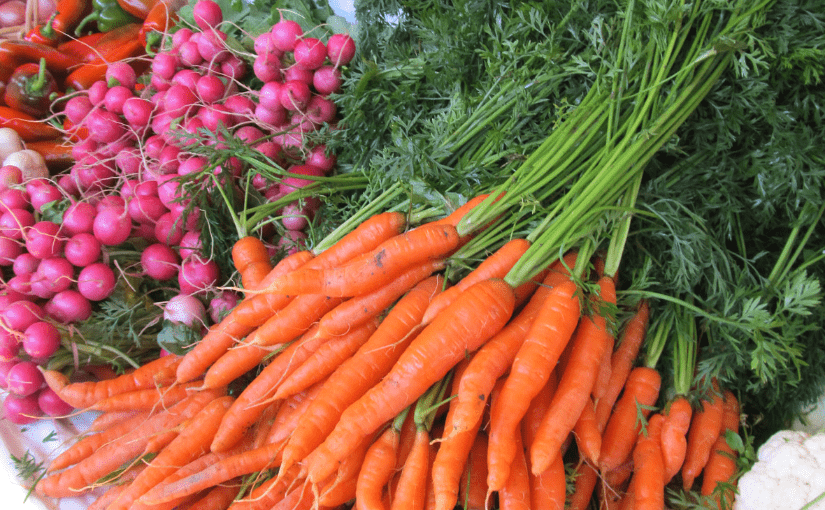Since 2017, the couple behind Sustainable Duo has encouraged the Instagram universe to collect their trash for the month of February. The idea is that after 28 days of hoarding what would normally go straight into the garbage can and recycling bin without thought, you look at the small mountain you’ve collected. You multiply what’s in that pile by 12 in your mind. Only then do you have an idea of what you, one single person, are physically contributing to landfills every year.
My cousin invited me to join the challenge, which is called #FuturisticFebruary, this year. I took some serious liberties with the guidelines. Instead of a month, I opted for a week (I’ll just multiply by 52…). And rather than physically keeping the garbage I created, I wrote down each item I tossed in the trash or recycling. But even with my reduced commitment, I still feel like I learned a lot about my (lack of) sustainability habits.
My First Thoughts
I went in confident. I don’t drink out of single-use water bottles. I bring my lunch to work in glass containers. I make coffee with a reusable filter. During my week of #FuturisticFebruary, I even made some simple swaps to be more sustainable. I composted, which I hadn’t done in our apartment until now. I also brought a hand towel to work so I didn’t have to use paper towels to dry my hands. Easy stuff, but I still thought it would make a difference.
I was so, so wrong. Wow, do I use (and dispose of) a lot of stuff every day. I kept separate lists for garbage and recycling and I honestly thought my recycling list would be the longer of the two. Not so much.
Food Has Sooo Much Packaging
Eating local, packaging-free food is really hard in the middle of winter in Buffalo. Pretty much everything I bought during our weekly trip to the grocery store had a wrapper on it. Some of it was recyclable, but a lot of it (like the pretzel bag and meat packaging) went straight into the garbage.
Thinking about how much energy and material went into containing each item I bought (let alone getting it here) has me very committed to shopping at the farmers’ market for as long as I can this summer and fall. And instead of heading to the store for a six pack, I’ll try to hit the brewery with a growler more often.
A Week Isn’t 100% Representative
In my defense, neither is a month. There are a lot of products I use every few weeks, every other month, or a couple of times a year. During my week of tracking, I did order a few things online, which meant a box, packing tape and bubble wrap were added to my lists. But I didn’t wrap any presents, go to the mall or get takeout, among other things.
Junk Mail is the Worst
Junk mail is the worst, and that’s before you consider what all those credit card offers and Tim Hortons coupons you never remember to use are doing to the environment. After realizing just how much of the stuff I throw out, I submitted these three forms, which will hopefully keep the mailings to a minimum.
The Moral of the Story
I’m never going to eat 100% local, or give up travel, or live without electricity. But I can be more thoughtful on a daily basis about how my food, clothes and beauty products affect our planet.
While “stuff” is a privilege many Americans feel lucky to have, it’s also a privilege to think about sustainability. It takes time, money and preplanning to attempt something even close to a “zero-waste” lifestyle.
As I work toward a life with less waste, I’m going to keep that in mind, as well as these wise words:

